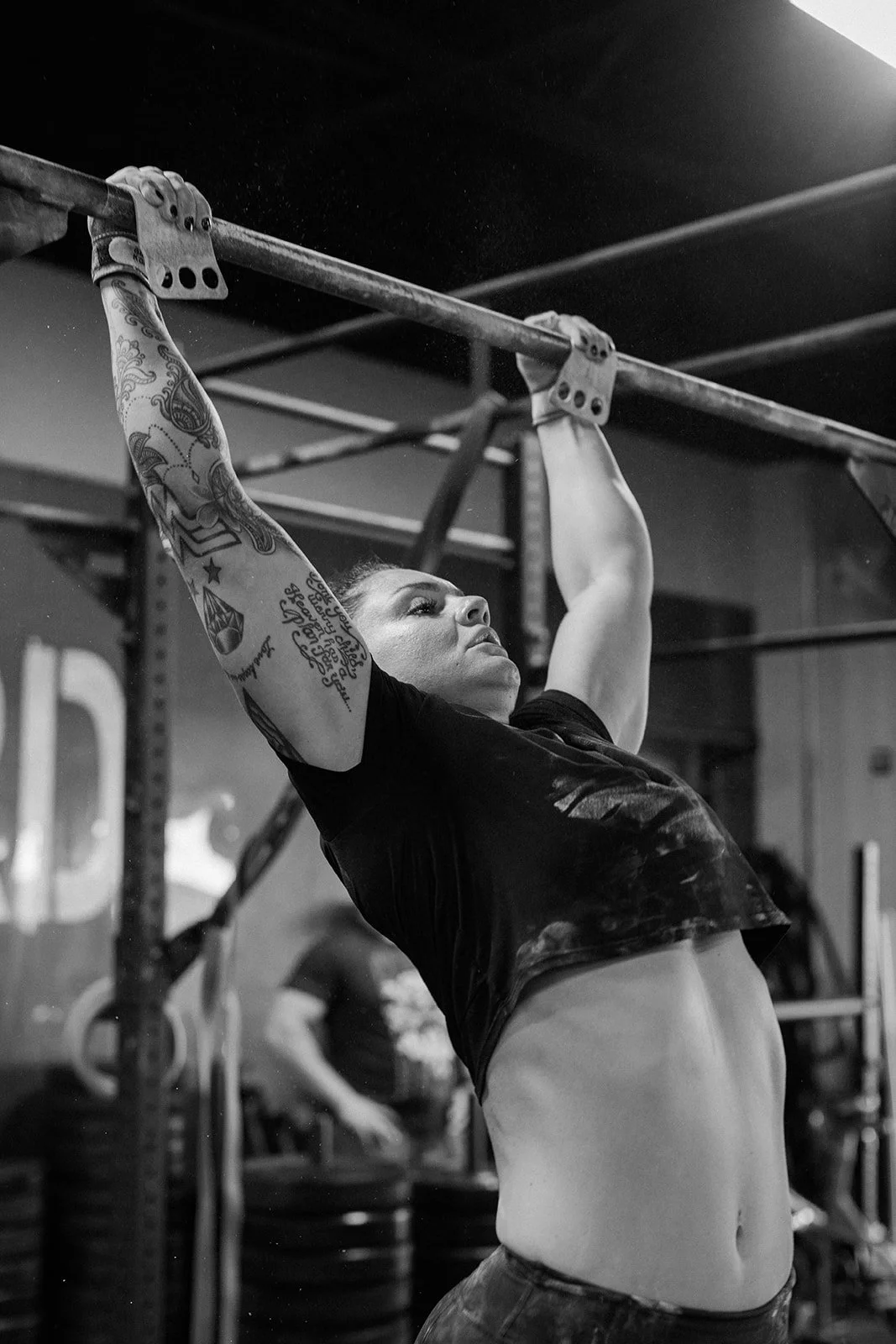The 5 Step Process to Writing a Good Training Program
A key aspect to writing a good training program is to have a sound understanding of the principles around strength and conditioning - so that you can always provide what is needed for that person to make the right progress.
Here are the five principles that you can apply to any athlete, in any field, and if you follow them, you can set your client up for success over time.
1. Specificity
Make sure that your program you are writing is specific to their goals. Plain and simple. Any method applied should be applied in a manner that is steering the ship in the right direction. I have seen many times where coaches will program movements, exercises, and energy systems training that have no relevance to what the person after.
2. Overload
When you are progressing your athlete, apply the principle of overload to continually elicit the right amount of stimulus, in order to drive adaptation. If you need to build someone’s aerobic capacity, then apply proper overload through volume or intensity in a manner to drive adaptation for the specific distance or goal. I have seen too many coaches constantly changing up workouts weekly to provide a sense of “variance”, yet this never creates progressive overload for adaptation.
3. Fatigue Management
Manage fatigue from a lifestyle and training perspective. Understand that the body/brain doesn’t know the difference between lack of sleep, work stress, or a heavy back squat. What it knows is stress. So we as coaches have to pay attention to this with the person from all of these angles, and factor life stress into their training (and recovery) prescriptions.
4. Periodization
When you are planning out the year, or even training blocks, make sure that the previous block is setting the athlete up for success in the next block. If you plan for training blocks in this manner, you will be setting your athletes up for success.
5. Individual Differences
Everyone is built differently, and needs some slightly different aspects of training in order to be successful. The individual differences refer to (but are not limited to) training age, biological age, anatomical differences, stress levels, sleep patterns, limb length, and genetic makeup - to name a few. All these factors play a role into the “what”s and “how”s of programming for that person. Pay attention to this with your people to make sure you are doing the right stuff for THAT person.
If you want to find out more about Conquer, and how we help coaches and athletes reach their potential, shoot us an email help@conquerathlete.com.

